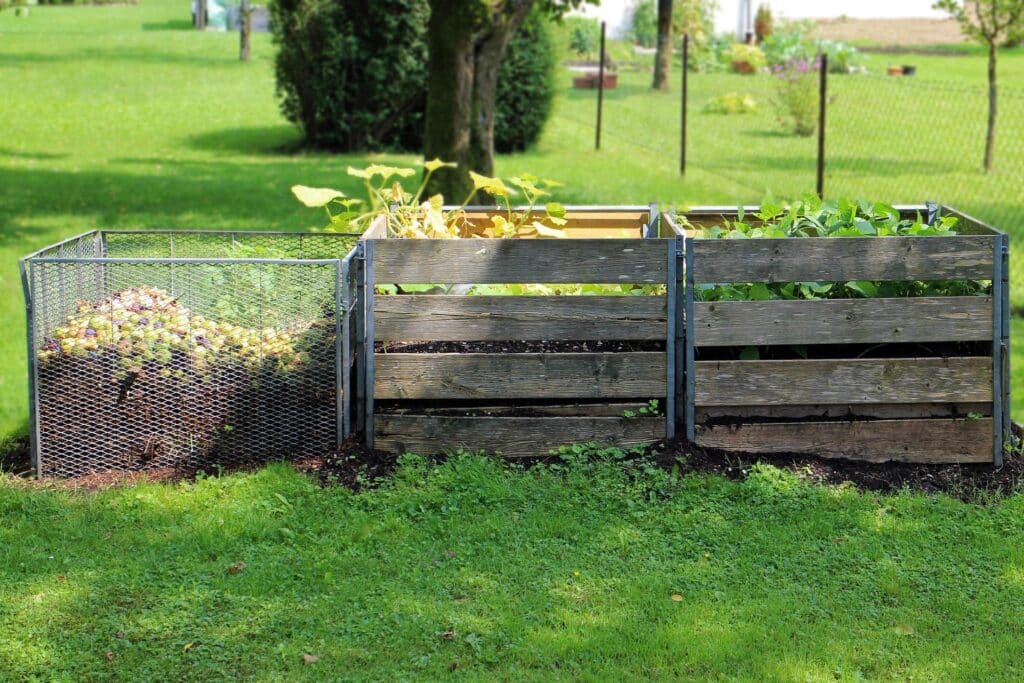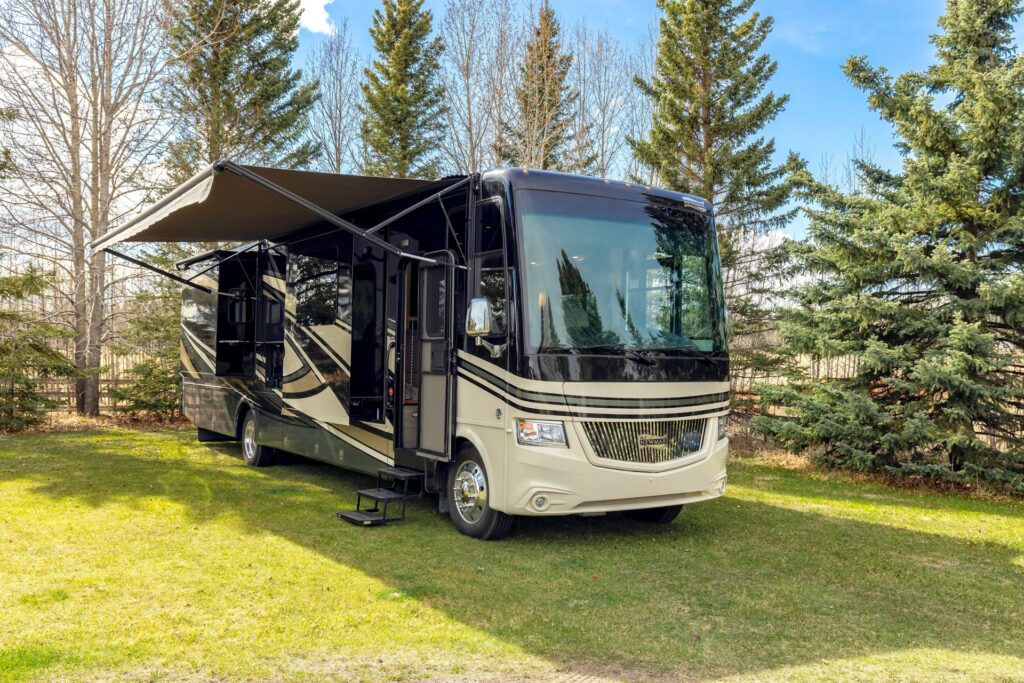If you’ve noticed damage in your garden and suspect voles, you’re not alone. Vole garden issues are common in mulched beds because mulch creates the perfect environment for these small rodents.
Voles are attracted to the cover and food that mulch provides, making it essential for gardeners to understand how to deter them. These pests can cause significant damage by eating roots, bulbs, and even young plants, so knowing how to keep voles out of the garden is key.
Why Mulch Attracts Voles
Voles, with an average size of 4 to 9 inches long, are rodents that thrive in environments where they can find food and protection from predators. Voles are often mistaken for mice, but they have shorter tails and a more stocky appearance. Mulched garden beds provide voles with everything they need to survive: cover from predators, easy access to food, and a favorable environment for tunneling.
1. Protection from Predators
Mulch provides voles with cover and protection. The thick layer of organic material gives them a safe space to tunnel and create burrows without being exposed to predators like birds, foxes, or snakes. In addition, mulch insulates the soil, keeping it warm and moist, which encourages voles to settle in for the long term.
2. Access to Food
Voles feed on plant roots, bulbs, and bark. In a mulched bed, they have easy access to all these food sources. They can tunnel beneath the mulch to gnaw on roots or dig up bulbs, causing serious vole damage to your garden. Young trees, shrubs, and newly planted flowers are vulnerable to vole activity.
3 Ways to Deter Voles from Your Mulched Garden Beds
Fortunately, there are several ways you can deter voles from turning your garden into their home. Here are some effective strategies to keep these mulch pests at bay:
1. Use Alternative Mulching Materials
Traditional organic mulches, like wood chips or bark, are ideal environments for voles. One option for discouraging voles is to use alternative mulching materials that are less appealing to them.
- Gravel or Crushed Stone: These materials make it harder for voles to tunnel and create burrows. They also do not retain as much moisture, which makes the area less attractive to voles.
- Rubber Mulch: While still providing the benefits of mulch, rubber mulch lacks the organic material voles prefer to nest in.
- Bare Soil: In certain areas, such as around tree trunks or heavily planted beds, consider leaving the soil bare to discourage voles from burrowing.
2. Create Physical Barriers
One of the most effective ways to keep voles out of the garden is by installing barriers. Physical barriers can stop voles from reaching roots, bulbs, or bark.
- Wire Mesh: Place wire mesh (hardware cloth) with holes no larger than ¼ inch around the base of trees and shrubs to protect roots and trunks. For plants, you can create a cage around the root zone to block voles from digging.
- Raised Beds: Planting in raised beds with metal or wire mesh lining the bottom can keep voles from burrowing into your garden from below.
- Trenches: Digging a shallow trench around the perimeter of your garden and filling it with gravel or mesh can act as a barrier to keep voles from tunneling into the area.
3. Reduce Shelter and Food Sources
Eliminating vole-friendly environments around your garden can also make your space less attractive to them. Here are some ways to reduce food and shelter:
- Trim Back Vegetation: Keep grass and plants trimmed, especially around garden beds. Overgrown vegetation provides cover for voles, making it easier for them to hide.
- Remove Debris: Eliminate piles of leaves, grass clippings, or brush, which provide additional shelter for voles.
- Use Repellent Plants: Certain plants in the allium family, such as garlic, onion, chives, or daffodils, are known to repel voles. Consider planting these around the edges of your garden to discourage them from entering.
Keep Your Garden Away from Voles with Aptive’s Expert Service
Don’t let voles ruin your garden! With Aptive’s expert pest control services, you can keep these pesky rodents at bay and protect your precious plants. Our team knows how to keep voles out of the garden, and we have effective vole and rodent control methods to keep your garden healthy and protected from unwanted guests. Get a free quote to help you get started on your pest control journey. Contact us now, and let’s create a customized pest control plan on how to keep voles out of the garden that will keep your outdoor space thriving and beautiful!









